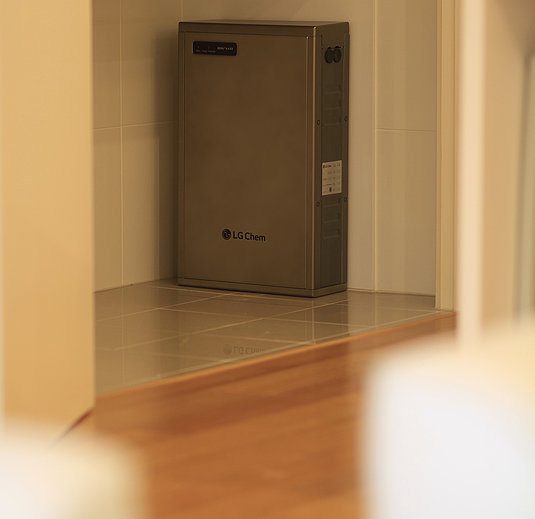Standards Australia appears to have delayed the release of guidelines on the installation of battery storage devices in homes, after receiving a barrage of criticism over proposals that the industry feared would amount to an effective ban on lithium-ion battery storage devices inside homes.
RenewEconomy reported on Monday that the guidelines, prepared over a period of more than eight months, would require so many safeguards that they would be effectively ban lithium-ion devices inside homes and garages and require them to be installed in independent “kiosks” or “bunkers”.

The news elicited a major response from the industry, both on RenewEconomy’s public forum and within industry channels, asking why such limits on battery storage devices were proposed when there were no such restrictions on electric vehicles, which have large lithium-ion arrays, or of the handling of combustible fuels.
Standards Australia released a statement on Tuesday afternoon denying it was seeking a “ban” on lithium-ion storage, noting that any guidelines did not have to be adopted by governments.
But it also revealed that the public discussion on the guidelines would now not commence until April. RenewEconomy understands it had been planned for February. Interestingly, the time for public comment has been extended to nine weeks rather than the full six weeks.
The move suggests that Standards Australia – a voluntary body – is expecting plenty of feedback on its proposed guidelines. There is no suggestion yet that the guidelines would be modified before their release.
The battery storage industry feared that the guidelines – which could apply to devices provided by the likes of Tesla, Sonnenbatterie, LG Chem, Enphase, Sony and others – would add thousands of dollars to the cost of installation and go beyond any other country standards.
However, there have been no standards imposed yet on lithium-ion devices in Australia, which the industry admits is a problem because it could result in cheap and poorly installed devices.
“Standards Australia is working with stakeholders to develop a new draft Australian Standard AS/NZS 5139, Electrical Installations – Safety of battery systems for use in inverter energy systems that will enable the safe installation of battery energy storage systems,” the body said in a statement.
“It is proposed that the draft document will contain provisions for:
- Installation requirements for all battery systems connected to inverter energy systems, covering all battery types;
- Mitigating hazards associated with battery energy storage system installations; and
- Classifying batteries based on hazards, and not chemistry type.
“Following preparation of the draft, it will be released for a nine week period of public comment. This will afford all stakeholders the opportunity to comment on the proposed standard. Public comment is scheduled for April 2017 but this is subject to change.”
However, there are also concerns in the industry that uncertainty around the standards, and the possibility of tight restrictions that could be imposed, will have an impact on pre-sales of battery storage devices.
Battery storage, however, is now a big focus for the energy industry. Companies such as AGL are running trials that include the installation of 1,000 battery storage devices in homes in Adelaide, and networks across Australia are trialing lithium-ion and other battery storage chemistries to see if they can reduce network demand.
Prime minister Malcolm Turnbull, who has a 14.5kWh system installed at his Point Piper mansion, has been pushing storage as part of his attacks on Labor’s renewable energy policies.
“I have got ARENA and the Clean Energy Finance Corporation cracking to start identifying and supporting storage projects,” Turnbull told parliament on Monday.
“We have got so little energy storage in Australia. There is only three significant pumped hydro storage facilities in Australia and yet we are introducing all of this renewable energy. What do you need if you have got a variable source of energy? You need storage.”







